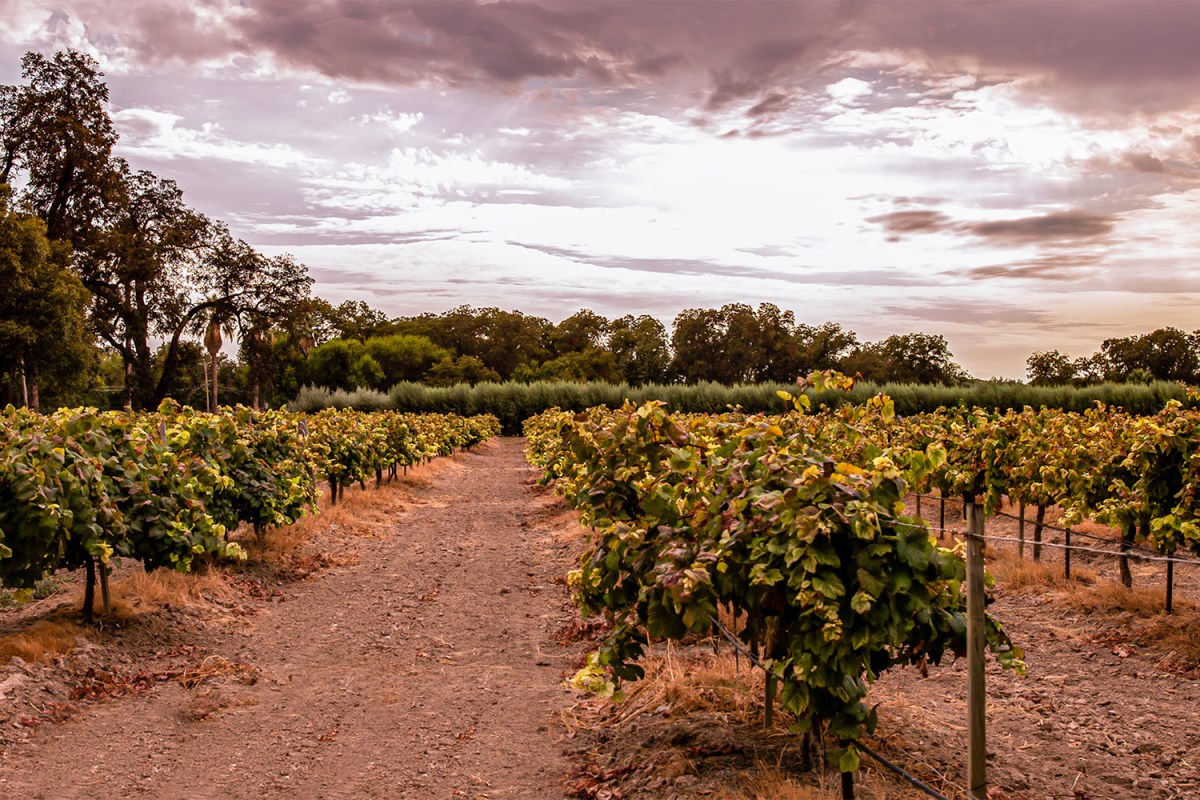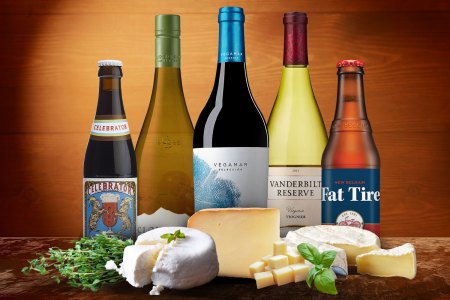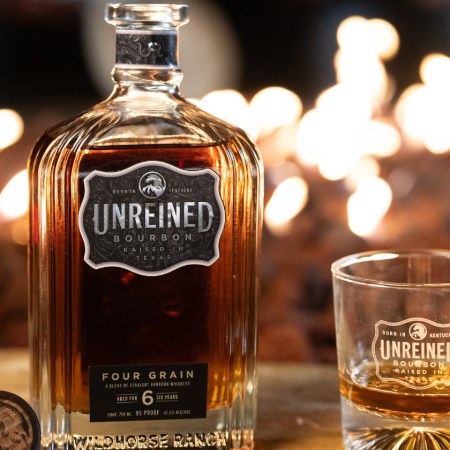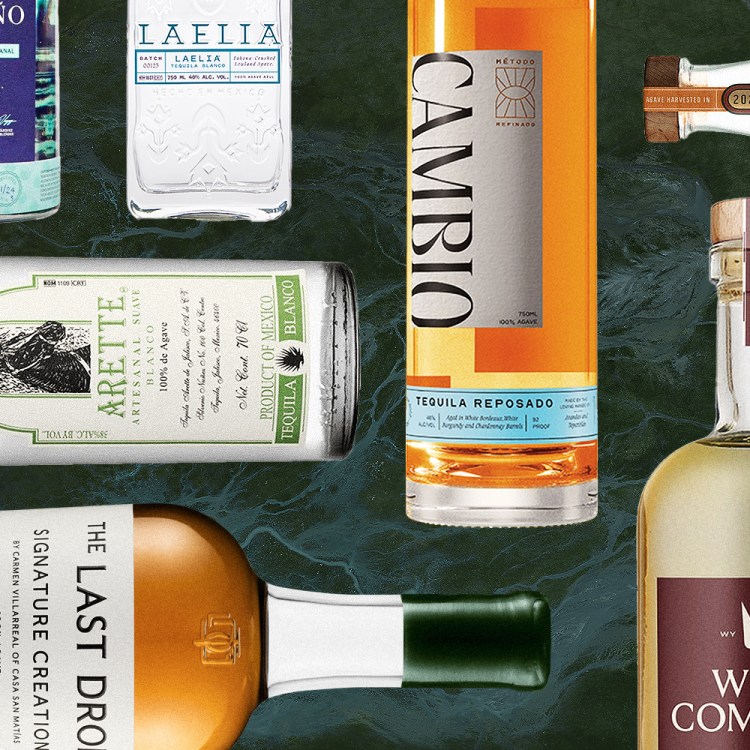When people think of Texas wine, they often think of the Texas Hill Country. It makes sense, as the region’s rolling hills and proximity to Austin and San Antonio are hard to beat, and such traits draw visitors from all over the state and further afield. But Texas is the fifth most-prolific wine-producing state in the country, with more than 500 wineries. As such, the Hill Country isn’t the only game in town, and it produces a relatively small percentage of the state’s wines.
Texas is currently home to eight American Viticultural Areas and five wine regions. The AVAs get confusing, especially when you consider that three separate AVAs cover portions of the Hill Country, and many wineries operate outside of established AVAs. Instead, it can be more helpful to focus on wine-growing regions, which provide a look into climate, elevation and soils — all things that impact what’s in the bottle.
These are the five wine-growing regions in Texas, as recognized by the USDA and the Texas Wine & Grape Growers Association, with details on the land and the grapes — and, of course, the wineries to visit first.
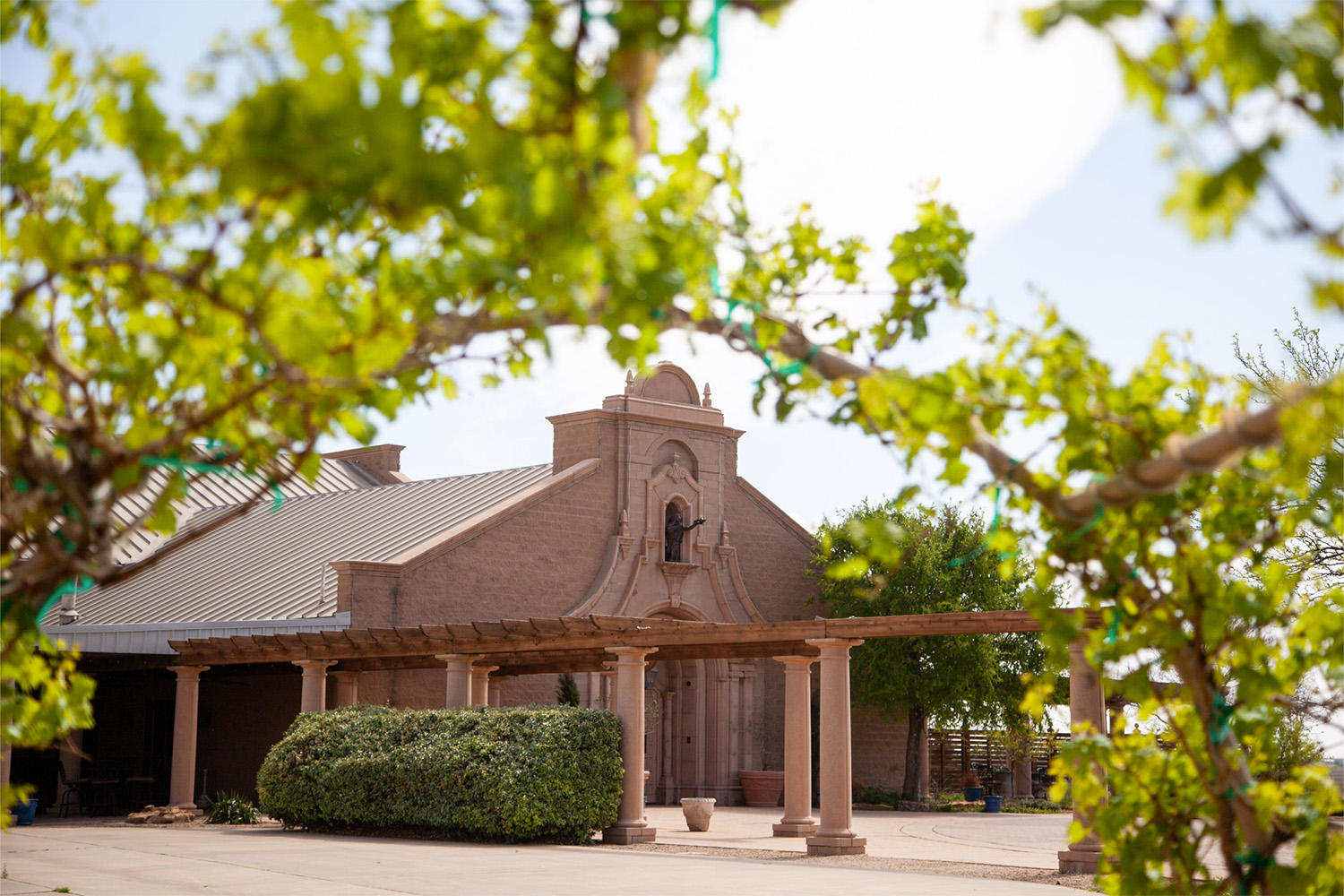
The High Plains and Panhandle
The High Plains and Panhandle region is the most productive growing region by far, accounting for about 80% of the state’s grapes. This arid swath of land averages above 3,000-feet elevation and experiences more extreme temperatures than many other parts of the state, with hot summers, colder winters and cooler evenings. The mineral-rich soils and dry climate result in excellent white grapes like viognier and chenin blanc, and red grapes including tempranillo, grenache, mourvèdre, sangiovese and cabernet sauvignon. Lots of wineries from outside this region source their grapes from the High Plains and Panhandle, so even if you’re drinking wine from elsewhere, it might contain this fruit.
Wineries to know: McPherson Cellars, Llano Estacado, English Newsom Cellars, Reddy Vineyards
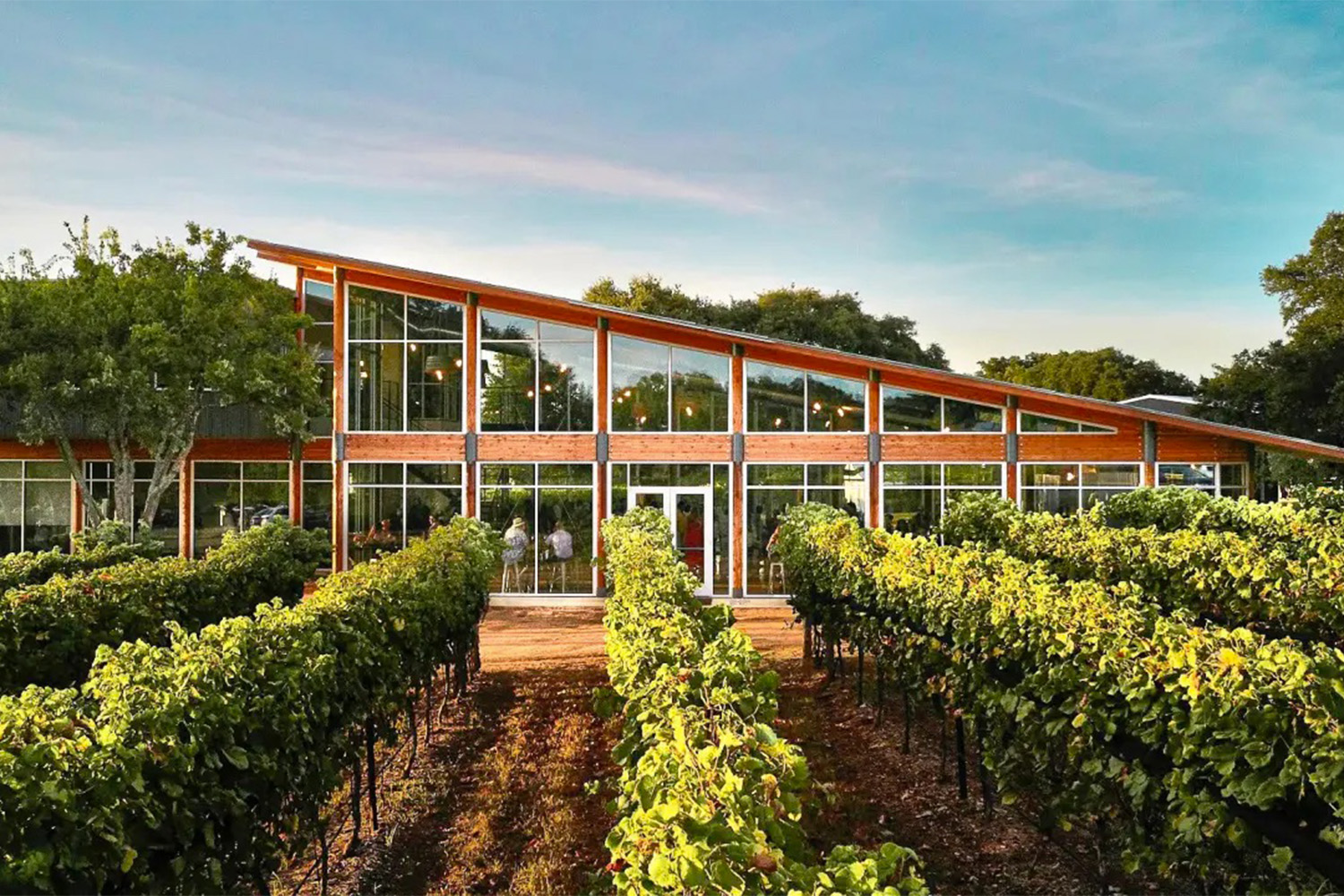
The Hill Country
The Hill Country ranks second in the state in total production, but it’s the clear leader in tourism, drawing scores of people — sometimes by the busload — to visit the high concentrations of wineries in Fredericksburg and surrounding towns. The region is still hot, but it’s more humid than the High Plains, and its limestone- and granite-rich soils provide excellent growing conditions for tempranillo, mourvèdre, sangiovese, grenache, viognier, chardonnay and albariño.
The rest of the country has begun to take notice. Out-of-state visitors are descending on the area, and now out-of-state wineries are setting up vineyards and tasting rooms, like Foyt Family Wines from Sonoma and Southold Farm & Cellar from New York.
Wineries to know: Duchman Family Winery, Fall Creek Vineyards, Pedernales Cellars, Lost Draw Cellars, William Chris Vineyards, Spicewood Vineyards, Bending Branch Winery
Does Wine or Beer Pair Better With Cheese?
We put the two beverage categories head to head to see which one tastes better with our favorite cheeses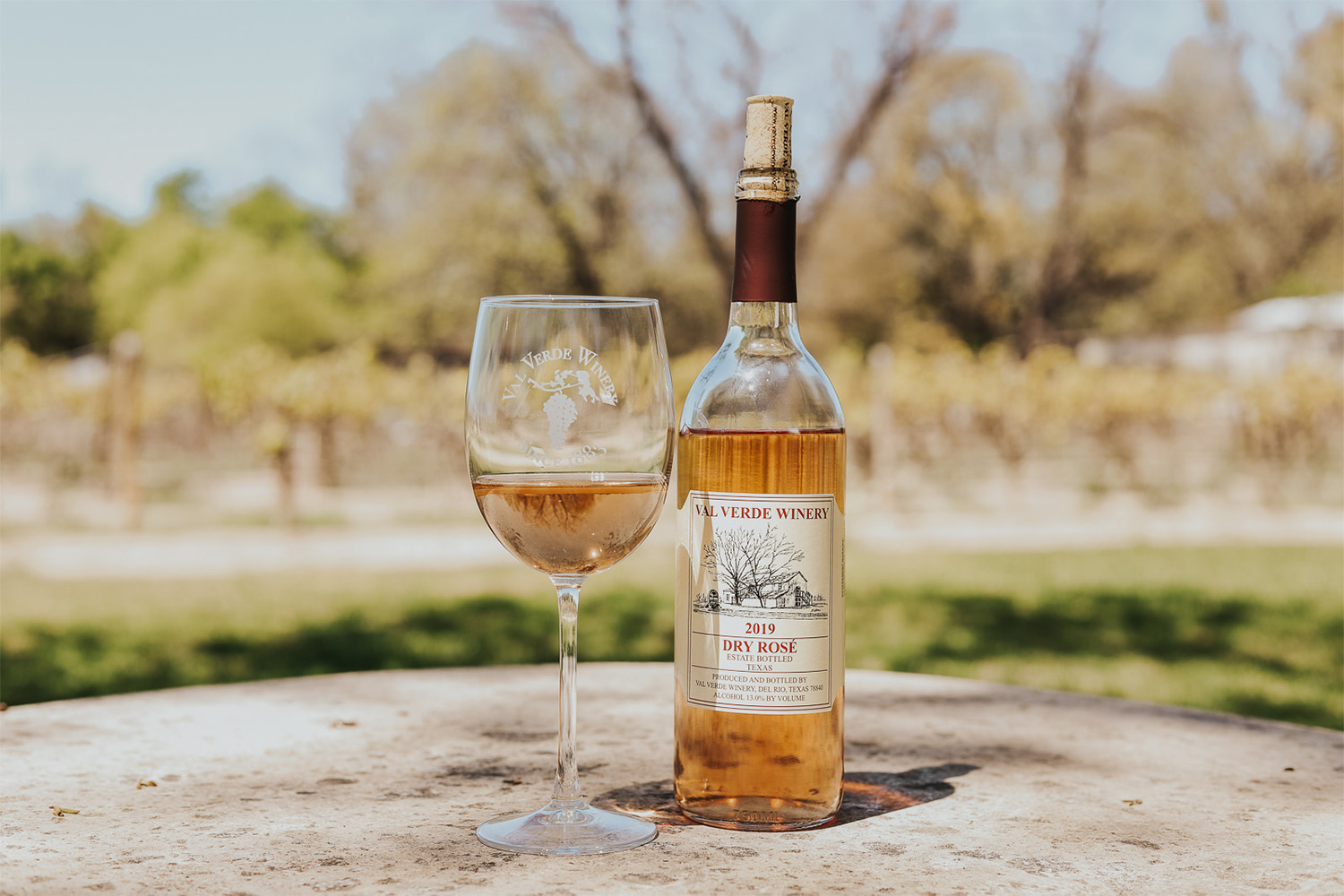
West Texas
The West Texas region ranks third for in-state production, and its diverse lands stretch from the New Mexico-bordering Mesilla Valley to Pecos County, and include the high-elevation Davis Mountains in between. It’s also home to the oldest continuously operating winery in Texas, Val Verde, which got its start in 1883. Most of West Texas is hot and dry, but the mountains provide cooler and wetter growing conditions, and volcanic soils. Look for varietals like tempranillo, zinfandel, syrah, malbec, cabernet sauvignon and gewürztraminer.
Wineries to know: Chateau Wright, Val Verde, Alta Marfa
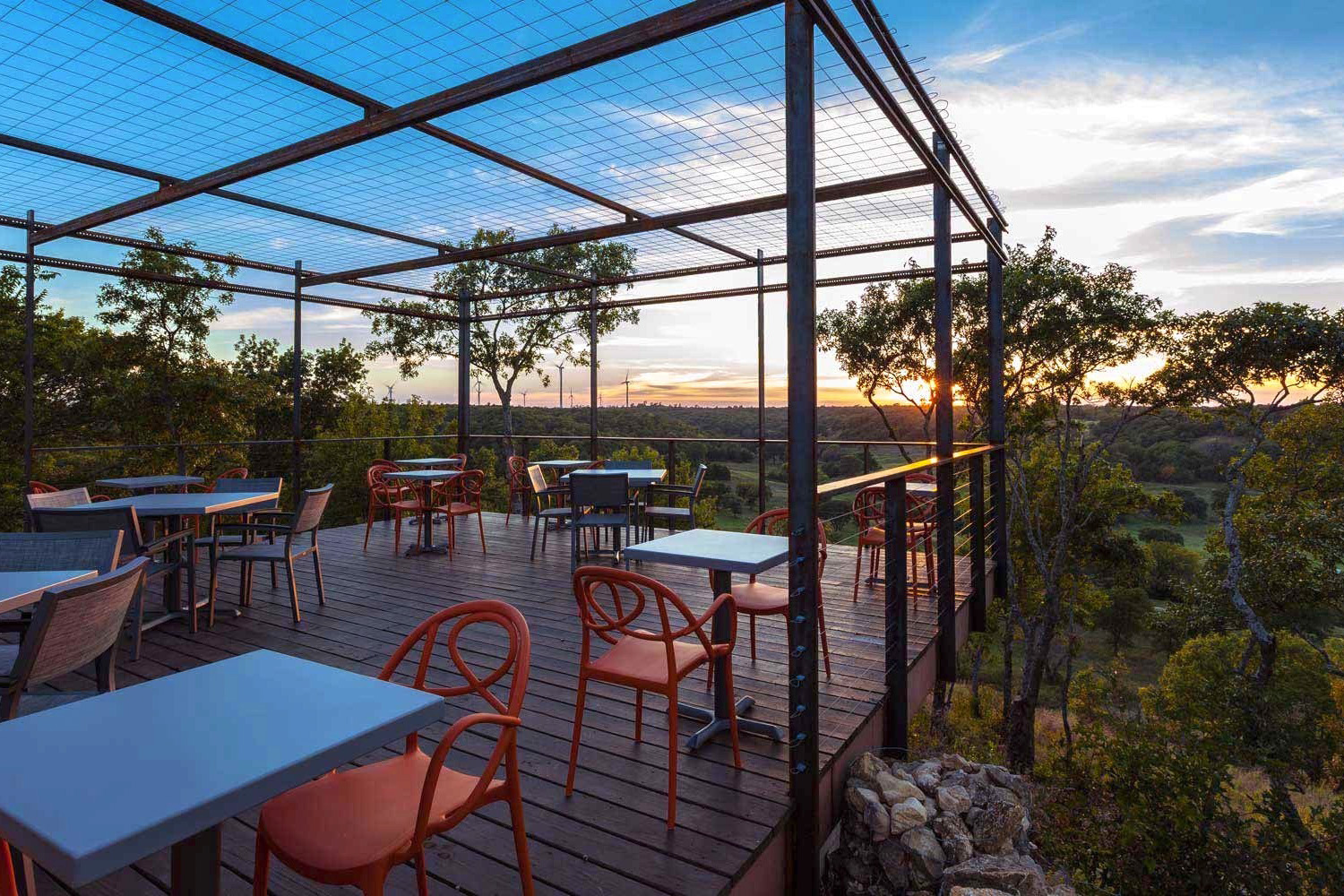
North Texas
This region runs from DFW to the Oklahoma border, and it’s home to more than 40 wineries and counting. Many of these establishments are small, supplementing their estate-grown labels with grapes sourced from the High Plains and elsewhere, but locally grown grapes include cabernet sauvignon, syrah, petite sirah, viognier, sauvignon blanc, blanc du bois and vermentino. The North Texas Winery Association promotes itineraries and day-trips to experience the area’s local wines, and Grapevine’s Urban Wine Trail lets you knock out several in a row.
Wineries to know: 4R Ranch, Hidden Hangar, Eden Hill Winery, Bingham Family Vineyards
Southeast Texas and Gulf Coast
Meet the smallest wine region in Texas. With a hot and humid climate, the most commonly planted grapes are blanc du bois, black Spanish and muscadine, but wineries also source grapes from other wine regions inside and outside the state. You’ll find some urban wineries and tasting rooms in Houston, but if you want some coastal breezes with your midday glass, follow the Texas Coast Wine Trail. It’s composed of six boutique wineries across the Gulf Coast.
Wineries to know: Haak Wines, Nice Winery, Lavaca Bluffs Vineyard
Every Thursday, our resident experts see to it that you’re up to date on the latest from the world of drinks. Trend reports, bottle reviews, cocktail recipes and more. Sign up for THE SPILL now.
